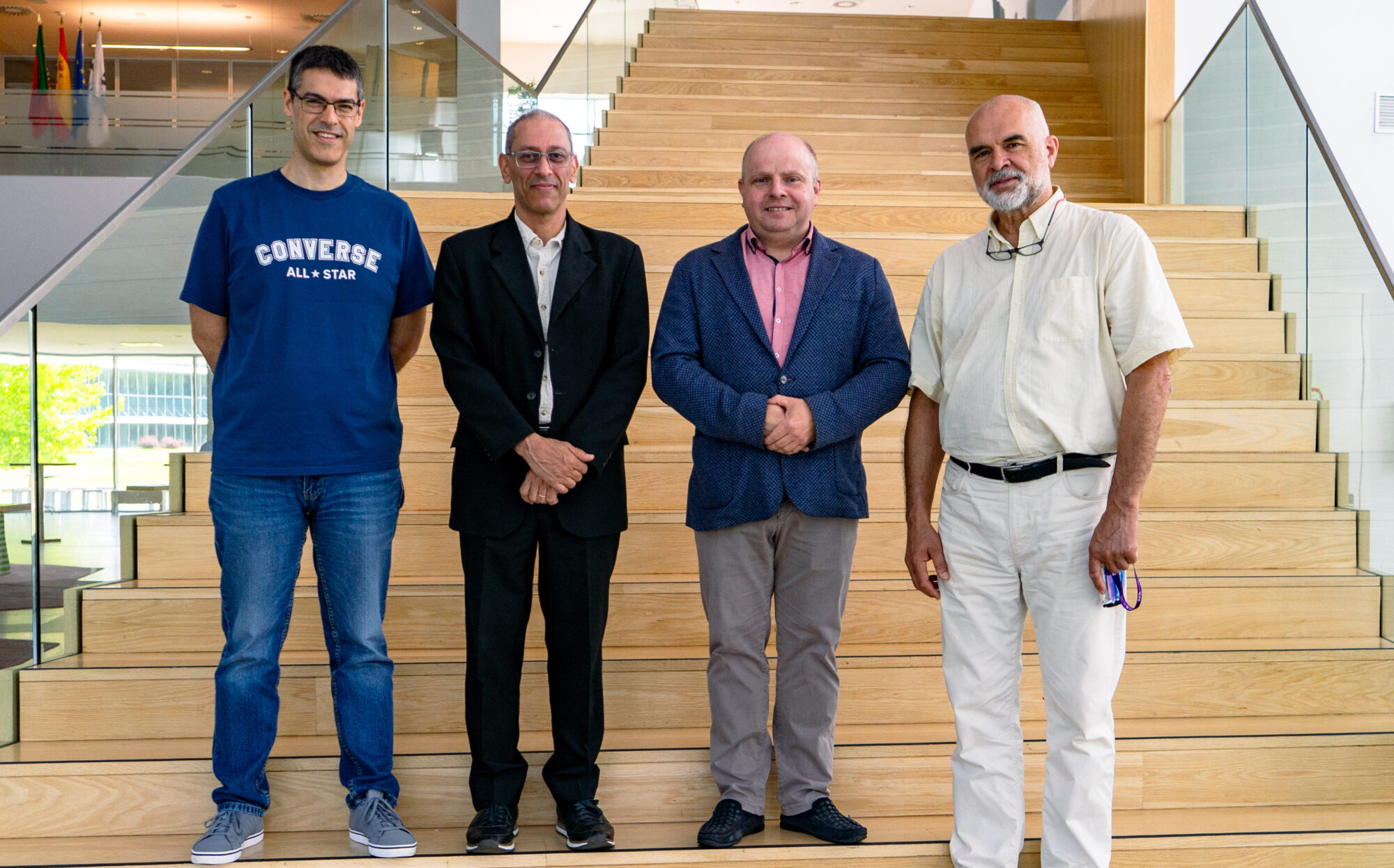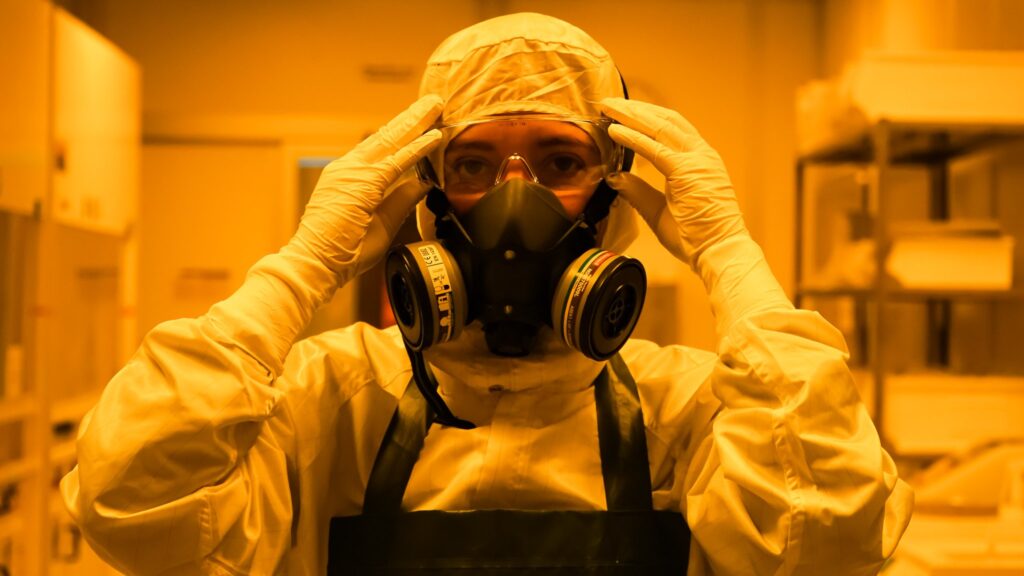Since joining INL in April 2024, Paula Campos has been an integral part of the Espiña Research Group, contributing to the development of electrochemical biosensors for intrapartum monitoring. Her current research focuses on detecting lactate levels in amniotic fluid, a key indicator of fetal distress, with the goal of enabling faster, more personalised clinical decisions during labor. With a PhD in Chemistry from Durham University (UK), Paula has built a career at the intersection of bioelectrochemistry, materials science, and health innovation. Her postdoctoral work took her across institutions in Denmark (iNANO, Aarhus University), Portugal (REQUIMTE/LAQV, ISEP), and Belgium (CMST, Ghent University). She also spent time in Beijing (NCNST), researching amyloidosis pathways linked to neurodegenerative diseases. In this interview, Paula reflects on her international research journey, the promise of biosensors in clinical settings, and the importance of inclusion and curiosity in science. Your research has spanned multiple institutions and countries, how have these experiences shaped your scientific approach? Working in diverse research environments across the UK, Denmark, Belgium, and Portugal has given me a broad and multidisciplinary perspective that goes beyond a single research field. Each institution has shaped my scientific knowledge in unique ways, from fundamental research at Durham to more translational work. These experiences have not only strengthened my communication skills […]
Read more


